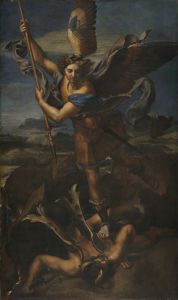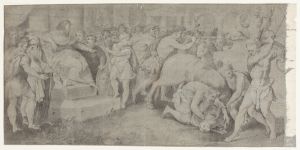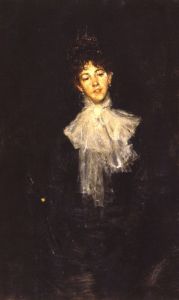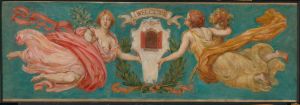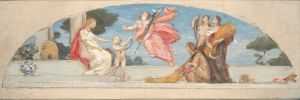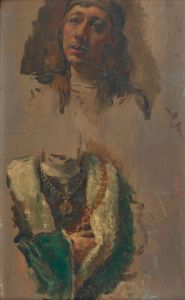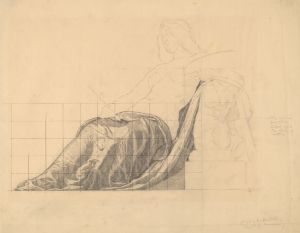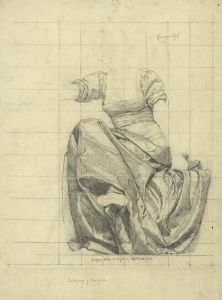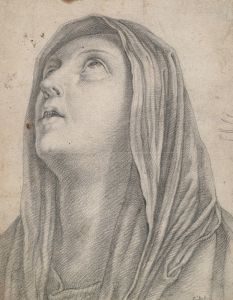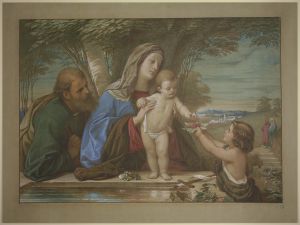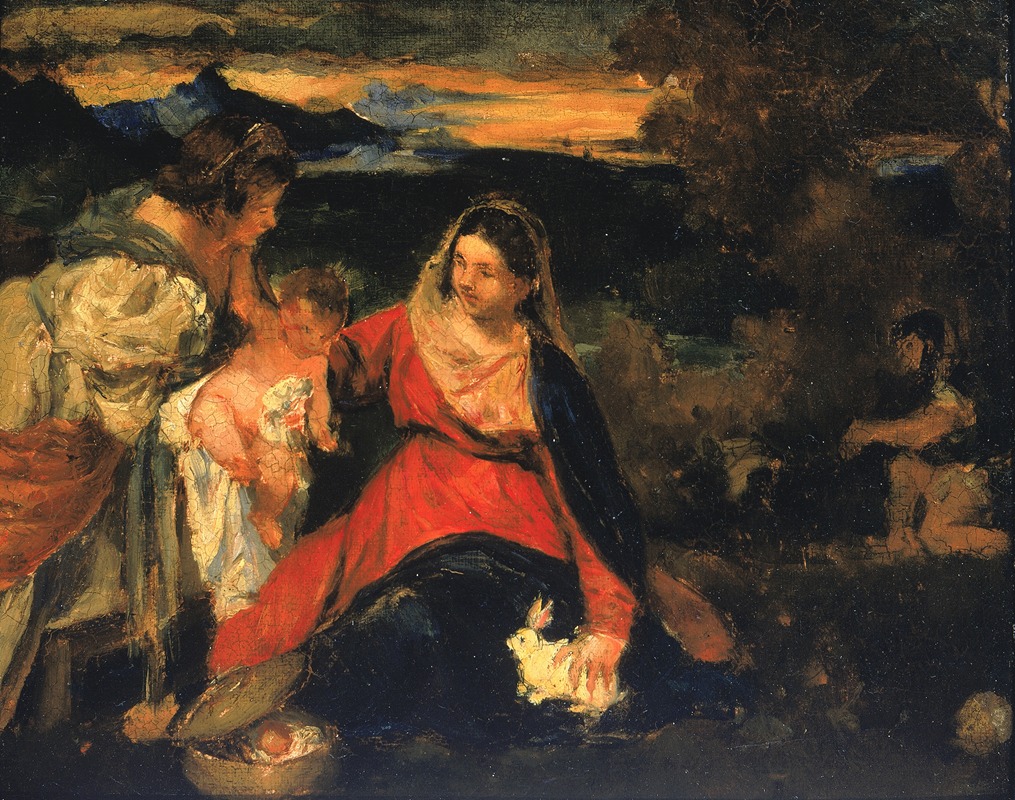
After Titian’s ‘Madonna of the Rabbit’
A hand-painted replica of Kenyon Cox’s masterpiece After Titian’s ‘Madonna of the Rabbit’, meticulously crafted by professional artists to capture the true essence of the original. Each piece is created with museum-quality canvas and rare mineral pigments, carefully painted by experienced artists with delicate brushstrokes and rich, layered colors to perfectly recreate the texture of the original artwork. Unlike machine-printed reproductions, this hand-painted version brings the painting to life, infused with the artist’s emotions and skill in every stroke. Whether for personal collection or home decoration, it instantly elevates the artistic atmosphere of any space.
Kenyon Cox (1856-1919) was an American painter, illustrator, muralist, and writer, known for his academic style and contributions to the American art scene in the late 19th and early 20th centuries. One of his notable works is "After Titian’s ‘Madonna of the Rabbit’," which reflects his admiration for the Old Masters and his dedication to classical techniques and themes.
"After Titian’s ‘Madonna of the Rabbit’" is a painting by Kenyon Cox that pays homage to the renowned Italian Renaissance artist Titian (Tiziano Vecellio). Titian's original work, "Madonna of the Rabbit," also known as "Madonna and Child with St. Catherine and a Rabbit," was created around 1530 and is celebrated for its vibrant color palette, dynamic composition, and tender depiction of the Virgin Mary, the Christ Child, and St. Catherine of Alexandria.
Cox’s rendition is not a direct copy but rather an interpretation that captures the essence and stylistic elements of Titian’s masterpiece. In his version, Cox employs a similar composition, featuring the central figures of the Madonna and Child, with the inclusion of a rabbit, which symbolizes purity and innocence. The painting showcases Cox’s skill in rendering the human form and his ability to convey emotion and spirituality through his subjects.
Kenyon Cox was deeply influenced by his studies in Europe, particularly in Paris, where he attended the École des Beaux-Arts and studied under prominent artists like Jean-Léon Gérôme. His exposure to European art and his admiration for the Renaissance masters significantly shaped his artistic approach. Cox’s work often reflects a blend of classical themes with a modern sensibility, and "After Titian’s ‘Madonna of the Rabbit’" is a testament to his ability to bridge these artistic periods.
Throughout his career, Cox was an advocate for academic art and played a crucial role in promoting traditional artistic values in America. He was a prominent member of the National Academy of Design and the Society of American Artists. In addition to his painting, Cox was a prolific writer and art critic, contributing to various publications and authoring several books on art theory and criticism.
"After Titian’s ‘Madonna of the Rabbit’" exemplifies Cox’s dedication to the principles of beauty, harmony, and technical excellence. His work is characterized by meticulous attention to detail, balanced compositions, and a refined use of color. Cox’s paintings often evoke a sense of timelessness and reverence for the classical tradition, qualities that are evident in his homage to Titian.
Kenyon Cox’s legacy as an artist and educator continues to be recognized and celebrated. His contributions to American art, both through his own work and his efforts to promote academic art, have left a lasting impact on the art community. "After Titian’s ‘Madonna of the Rabbit’" remains an important piece within Cox’s oeuvre, highlighting his reverence for the past and his commitment to the enduring values of classical art.





